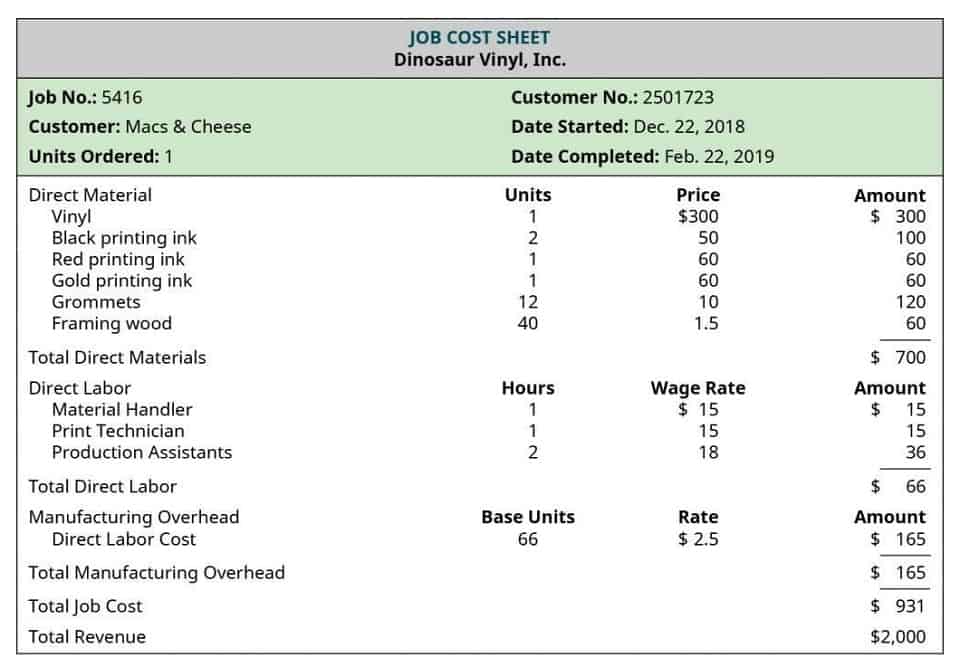
Participated revenue is the portion of sales revenue attributed to the active participation of specific marketing channels or campaigns in the customer’s purchasing journey. You would have only seen $7,000 in incremental sales, meaning that PPC strategy essentially lost you $3,000. Ultimately, the people at your company responsible for shelling out money to marketing affiliates and other channels want to know if they’re actually profitable, effective, and worth continued investment. Measuring your incremental sales is one of the most straightforward ways to do that.
Incremental sales challenges

Read on to learn how to harness the power of incremental sales and unlock additional revenue streams. These actionable insights can help you boost your bottom line and strengthen customer relationships. Some effective strategies include customer retention through special deals or loyalty programs, upselling to more expensive items, and cross-selling related products.
Relevant Versus Non-Relevant Costs
For example, a skincare brand could offer a “Summer Skincare Set” that includes sunscreen, moisturizer, and a cleanser at a lower price than if purchased separately. Customers often perceive bundles as a good deal, which can encourage them to spend more. On the other hand, marketing attribution modeling dives into the journey a customer takes before making a purchase. It’s the science of assigning credit to the different marketing touchpoints a customer interacts with on their path to conversion. This could be anything from an initial Google search, to an interaction with a social media ad, to reading an email newsletter. Marketing attribution modeling seeks to understand and allocate value to each of these touchpoints, offering insights into which channels or tactics are most influential in the conversion process.
Small Steps, Big Gains: The Case for Incremental Improvement
Incremental change holds significant importance in the realm of organizational development and business strategy. As a starting point, we provide an innovation blueprint to guide businesses through the transformative journey. Incremental change involves making gradual adjustments and optimizations to existing processes, products, or services, emphasizing stability and efficiency. In contrast, incremental innovation extends this approach law firm chart of accounts by introducing new features or approaches alongside refinements. Both strategies prioritize ongoing adaptation to evolving market demands and aim to enhance organizational performance.

Connect and captivate: Marketing campaigns

In this article, you’ll find out how to calculate incremental sales for any given marketing campaign, as well as some useful tips and best practices on how to maximize this metric. For a cost to be considered a “relevant cost,” it must be incremental, result in a change in cash flow, and be likely to change in the future. The concept does not apply to financial accounting but can be applied to management accounting. To ensure that the changes are effective, it’s essential to align them with the organization’s overall business goals and processes. This incremental cost approach ensures that the changes are relevant, and meaningful, and contribute to the organization’s success.
- Understanding and optimizing incremental sales isn’t just a strategy—it’s a mindset.
- Incremental analysis is useful when a company works on its business strategies, including the decision to self-produce or outsource a process, job, or function.
- Upselling involves persuading a customer to purchase a more expensive version of the product they’re considering or adding complementary products.
- Overall, choosing the right approach to change management requires careful consideration of a range of factors, including organizational culture, leadership style, scope of changes, and stakeholder involvement.
- Incremental sales is the frankest representation of how far your marketing investments are taking you.

It helps in contra asset account understanding which strategies are working and which ones need rethinking. For example, if a holiday promotion led to a significant increase in sales, it might be beneficial to replicate similar elements in future promotions. By isolating the revenue directly tied to your initiatives, you get a clear picture of the true impact on your sales performance. It’s a powerful way to evaluate the effectiveness of new strategies, tools, or campaigns and make data-driven decisions that enhance your sales velocity.
Campaigns, in this context, are the marketing communications you employ over specific channels to reach your target audience. Those channels could include affiliate marketing, social media ads, PPC advertising, or influencer marketing. Calculating total sales is straightforward; you just add up the value of all your sales transactions in a given period.
- Additionally, if you only focus on total sales, you might miss some subtle trends that are important in the long run.
- Incremental sales are the extra sales that a business gains from special activities like promotions or marketing campaigns.
- Common mistakes include not setting clear goals for promotions, failing to analyze data, overcomplicating promotions, and ignoring customer feedback.
- Many sudden or subtle external influences can cause positive or negative, short-term or long-term changes in company sales and supplies.
- Inconsistent messaging across different platforms can confuse customers and dilute the impact of a promotion.
- When done right, they have the power to not only introduce new products or services but also to reignite interest in existing ones.
Ideally, you should take an average of your sales over several periods when you’re not running any campaigns since this will give you an accurate figure for the level of sales you achieve without any marketing. But regardless of whether you’re selling consumer goods for $10 a time or B2B solutions for $10,000 a shot, all that matters is that the money your incremental sales generate is greater than the amount you spent to make those sales happen. For one, doing so helps you develop a much more nuanced picture of how effective your marketing efforts are. In other words, you need to figure out how much you would have sold in a given period without the marketing activity you want to assess. The concept of relevant cost describes the costs and revenues that vary among respective alternatives and do not include revenues and costs that are common between alternatives. The revenues that are generated between different alternatives are referred to as relevant benefits in some studies or texts.
Quick conversion

Cross-selling not only increases the sale value but also enhances the customer’s experience by providing a more complete solution to their needs. Incremental sales don’t just reflect revenue; they also give insights into customer behavior. A successful upselling campaign, for example, indicates that customers are willing to spend more on value-added products. This information can be used to build stronger, more profitable customer relationships. One of the most effective ways to boost incremental revenue is by increasing your buyer engagement.
